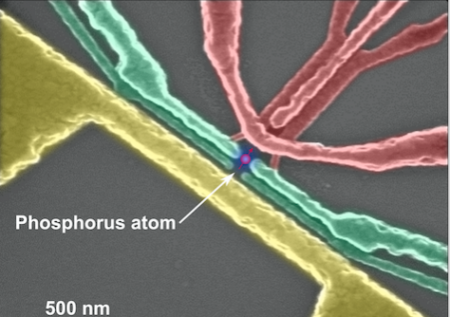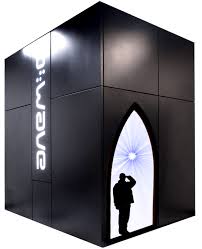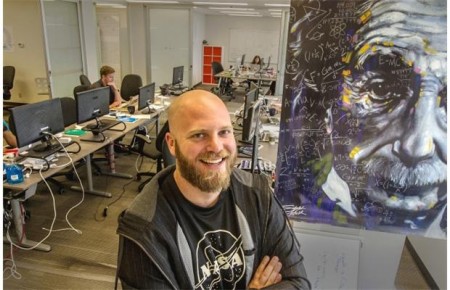November 22, 2015 – Vancouver’s D-Wave continues to be the quantum computing pioneer. Among its early adopters are Google, NASA and Lockheed-Martin. Each D-Wave quantum computer has cost these companies a cool $15 million U.S. Not exactly priced to put one on every desktop, quantum computing is making some pretty interesting strides in the last year, none more so than the most recent announcements.
The first two bullet points below I have previously written about. The latter two, however, represent the latest quantum computing advances.
- the first silicon-based quantum logic gate.
- the first quantum-based operating system.
- the first successful passing of the Bell test on quantum entanglement proving the ability to write quantum code.
- the first company dedicated to building quantum computing software applications.
Passing the Bell Test
Also referred to as Bell’s inequality experiments, the test is named after John Bell and demonstrates the unique phenomenon that occurs in quantum mechanics known as entanglement. Entanglement allows what is referred to as counter-intuitive phenomena. For example, the measuring of a particle locally can instantly affect another particle even if it is located far away from the first. This is quantum physics at its most mysterious level. And recently just to prove its real, Australia’s University of New South Wales reported that one of its engineering teams wrote and manipulated two quantum bits in a silicon microchip passing the Bell test.
The University’s experiment is explained in a video link provided here. It involved two quantum particles, one an electron and the other a nucleus from a single phosphorus atom placed inside a silicon chip. Although in close proximity to each other the experiment created two-particle entangled states. Stated Professor Andrea Morello in the School of Electrical Engineering & Telecommunications, “passing the Bell test with such a high score is the strongest possible proof that we have the operation of a quantum computer entirely under control. In particular we can access the purely-quantum type of code that requires the use of the delicate quantum entanglement between two particles.”
Writing Quantum Software Code
A new Vancouver, British Columbia company, 1QBit, founded three years ago, is out to build software for D-Wave quantum computers. Its customers are Fortune 50 companies and its product, quantum-ready software, takes about six months to build per project. The applications being built tackle high-value problems in finance, energy, the life sciences and others according to 1QBit’s web site. Getting companies quantum-ready is the mission. Non-disclosure agreements prevent the company from identifying its customers but the projects being tackled appear to be focused on finding meaningful patterns in complex data.
States Andrew Fursman, (seen in picture below) CEO of 1QBit, “similarly shaped molecules have similar effects.” He’s talking about comparing the molecules of new drugs for one of the company’s clients. “…if you build something you think is going to be a pretty good cure for heart disease but has a similar shape to something known to cause cancer, that’s a good cause for concern.”
Quantum-ready software capable of this type of discernment can be tweaked to look at other patterns. Fursman notes it is just as applicable to discern patterns in money laundering for example. “The breakthroughs made here are going to trickle down to so many different industries.”

















